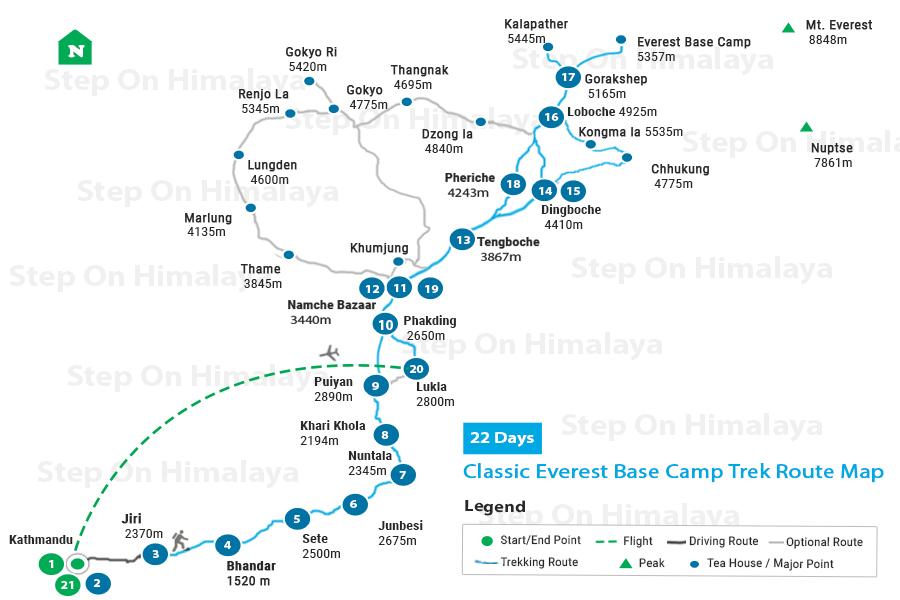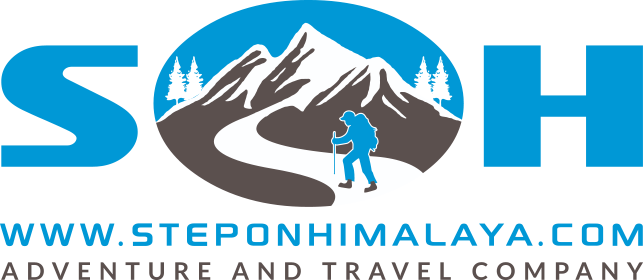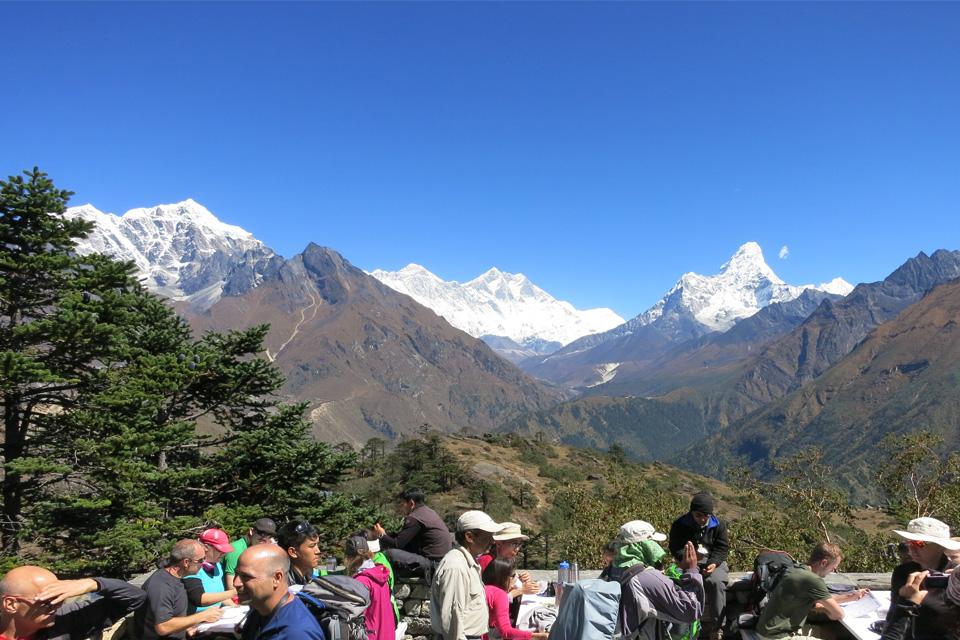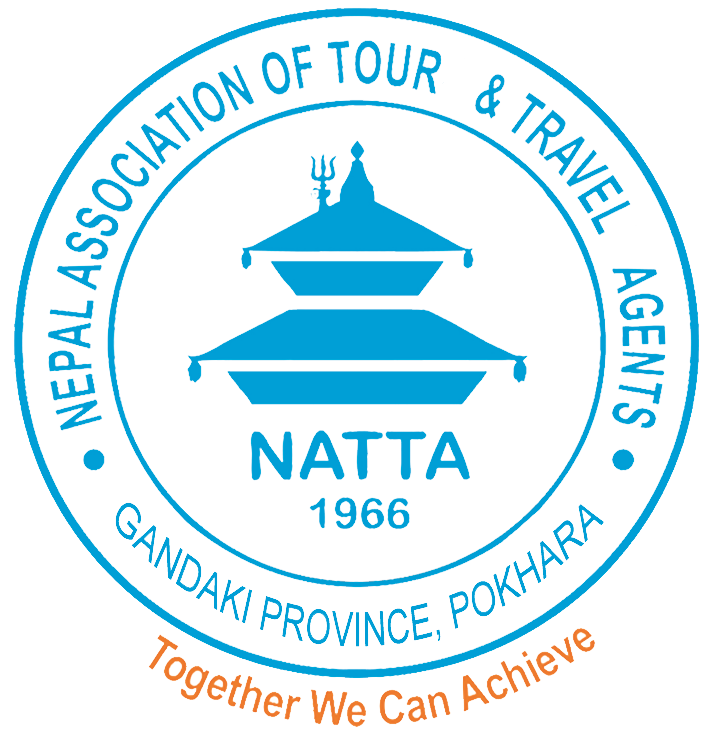Classic Everest Base Camp Trek
Trip Overview
Trip at a Glance
Classic Everest Base Camp Trek
Are you looking for a trek to Everest base camp but in a different way? The way that the trekkers in the past did is the best way to do it differently than most trekkers today. Take the old trekking route to the base camp as Classic Everest Base Camp Trek and enjoy the adventure.
This trek gives you some wonderful experiences of how people walked to the base camp of the highest mountain on earth. When you go on this adventure, you need to walk for longer than the regular Everest base camp trek from Lukla.
What is Classic Everest Base Camp Trek like?
Although it is a trekking trip to the Mt. Everest base camp, it is different because of the route it takes. It takes a week of more trekking days than the normal trekking adventure from Lukla. Classic Everest Base Camp Treks start from Jiri instead of Lukla. The trail passes through the middle hills of lower Solukhumbu and goes towards Phakding to meet the regular trail.
When you are on this trek, you will get to explore the region that most trekkers to the base camp miss. The wonderful part of the trek between Jiri and Phakding offers an amazing start of the trek. It avoids the flight to Lukla from Kathmandu and takes you on a drive to Jiri from Kathmandu instead. As the trek starts from Jiri, some people also call it Jiri to Everest Base Camp Trek.
Adding a few extra days on the trek to the base camp and doing it like in the past makes this adventure classic. Although the trip gets longer with the additional trekking days, you need to go for it if you can.
Why Classic Everest Base Camp Trek?
You will not regret going on this trek if you –
- Love to spend more time in nature and the mountains
- Want to explore the route that trekkers in the past walked on
- Have enough time to go for it
- Love to explore the beautiful middle hills in the region
Detail Itinerary
Is the proposed itinerary suitable for you?
If you are looking for a custom itinerary, please feel free to reach out to our team of professionals at any time.Trip Map

Cost Details
What is included?
- Local Sim card is given by the representative upon arrival at the airport (if more than 3 members in a group)
- All the necessary ground transportation in a private vehicle for sightseeing and airport transfers
- Accommodation in twin sharing basis in Kathmandu with breakfast
- Accommodation in the best available twin sharing basis in the lodges/tea houses during the trek; the facility of private bathrooms with hot shower is usually available at Phakding, Namche and Lukla
- All 3 meals on board with tea/coffee during the trek
- Entrance fees to the different heritages of Kathmandu
- Entrances fees of Sagarmatha National Park
- TIMS Fee- Trekkers' Information Management System (Please submit 2 passport size photos for making the permit)
- An experienced, friendly, English speaking trekking guide and porters (1 porter for 2 trekkers)
- Salary, food, accommodation, equipment, travel and medical insurances for all the trekking staff
- Flight fare for the round trip from Kathmandu to Lukla to Kathmandu
- First Aid medical kit
- All the local and government service charges
- Step On Himalaya T-shirt, trekking map and trip achievement certificate
- Down jacket and sleeping bag during the trek
- Duffle bag for the trekking
What is not included?
- Medical and Travel Insurance
- Emergency Evacuation or Rescue Service charges
- Meals that are not mentioned in the “Cost Includes” section
- International air tickets and Nepal Entry Visa Fee
- Hot shower during the trek except for Phakding, Namche and Lukla
- Personal expenses like Cold drinks, bottled water, snacks, etc.
- Personal trekking gears and equipment
- Tips and perks for trekking staffs
- Any other specified expenses that are not included on “Price Includes” section












